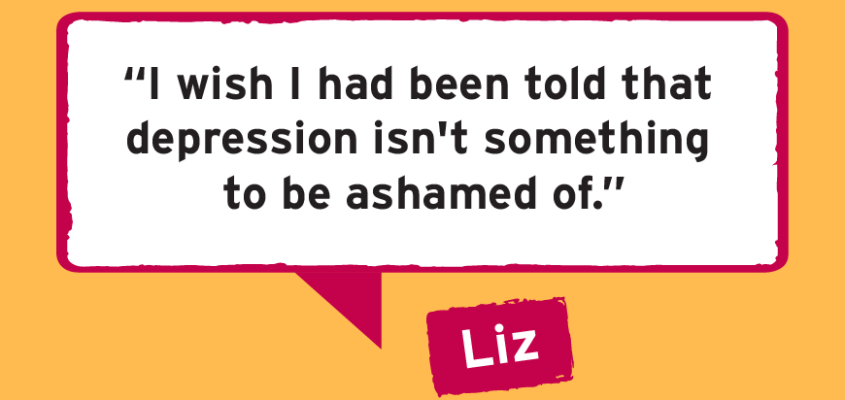
A few tips employers should know on how to handle workplace depression
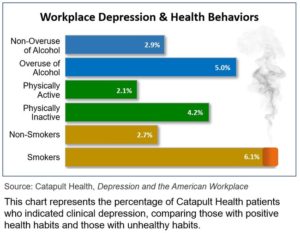
Why are more employers focusing on workspace mental health? Because they recognise it is costly to ignore. Depression costs employers a small fortune each year in loss of productivity. About half of workers with depression aren’t get treated. Yet with proper treatment, depressed people can get better. The key is to help them access adequate care.
Depression is a severe medical condition that not only affects the body, but mood, and thoughts. It can impact the way one eats, sleep, and functions. Depression will not spare a person like a passing blue mood. Without proper treatment, symptoms can last for weeks, months, or years. Appropriate treatment, often involving medication and counselling, can help most people who suffer from depression. You may notice changes in a staff’s behaviour, mood, or appearance.
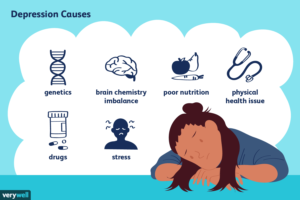
What you might see in the workspace
- Persistent sad and empty mood
- Communicating a sense of helplessness, hopelessness, worthlessness, pessimism
- Uncharacteristic drop in productivity or increase in employee absences
- Signs of substance misuse
- Fatigue or loss of interest in daily activities
- Disturbances in eating patterns. It may result in noticeable weight loss or gain
- Crying, anxiety, or panic attacks
- The fallout from sleep problems, including tardiness or sleepiness
- Irritability, anger issues, agitation, conflict
- Difficulty focusing, remembering, or decisions making
- Persistent physical signs or pain that does not respond to treatment
- Veiled or direct talk of suicide
Not every person with depression will show all symptoms or have them in the same degree. These concerns may also be indicators of problems other than depression. It is not your job to make a diagnosis if you notice these signs. You need to help the person connect with an Employee Assistance Program (EAP). Either through the employer or with mental health support and services available to them.
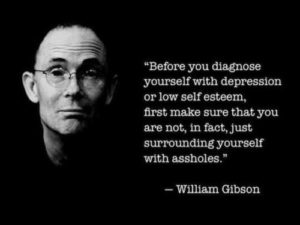
How does Depression Impact the Workspace?
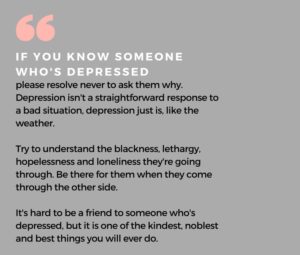
Depression left untreated, may have a severe impact on work performance. It contributes to presenteeism and absenteeism. Employees will be at work but not engaged or employees missing days of work. It may also adversely affect multiple areas of employee performance. Employees lose focus and decision-making skills. They struggle to do time management, completing physical tasks, communication and social interactions. Like most other health issues, early detection and effective treatment reduce the severity and impact of the situation.
Employers can play an extremely vital role in supporting the early identification of depression and improving access to care. It is an investment well worth making.
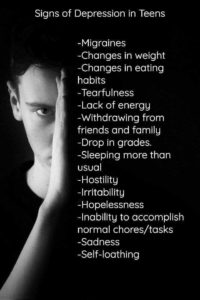
Tips for Employers

Awareness:
Educate your employees and managers about mental health conditions, including depression. Encourage them to seek help when needed. Mental health seems like a taboo topic. So, train managers and employees on how to start a discussion if they are concerned about the staff. Integrate mental health-related information into all health communication strategies. Include contents about depression in firms newsletters. Also, include it on the intranet and in other regular communication platforms for employees.
Consider an initiative that brings an in-depth discussion about depression out in the open. It encourages employees to seek help when they need it. This turn-key initiative offers employers with tools to:
- Enhance awareness about depression in the workspace and its impact on productivity;
- Promote early identification of symptoms; and
- Lessen the stigma surrounding mental health conditions.
Through this right direction, employers get access to a library of customizable high impact tools and resources. The materials are accessed by more than thousands of employers addressing workspace mental health.
The more employers increase the visibility of mental health, the more it will be normalized. It increases the likelihood that staffs will seek care when needed.
Here is helpful information to share with workers and managers to raise awareness about depression in the workspace:
What Depression Feels Like:
- Deep feelings of sadness
- Loss of Interest in daily tasks or social activities
- Difficulty in concentrating and slowed thoughts
- Forgetfulness and trouble remembering
- Trouble making decisions
- Trouble sleeping, or sleeping too much
- Feelings of worthlessness or inappropriate guilt
- Energy loss or increased fatigue
- Irritability, anger or tearfulness
- Weight or appetite changes
How Depression Looks to Co-Workers:
- Withdrawal from the team isolates oneself
- Indifference
- Putting things off, missed deadlines, accidents
- Seems “scattered” or absentminded
- Procrastination, indecisiveness, slowed productivity
- Late to work, afternoon fatigue, accidents
- Unsure of abilities, lack of confidence
- Low motivation, detached
- Inappropriate reactions and strained relationships
- Change in appearance
Accessibility:
Employers are uniquely positioned to motivate employees to get help if they are experiencing depression. One crucial step is to include depression screening in health risk appraisals (HRAs) and EAP programs.
Employers also need to inform their health plans that they want primary care clinicians. It is to conduct regular depression screenings and to offer collaborative care. This research-based care model has more than 80 studies. It shows its effectiveness in improving treatment results. Collaborative care is being provided in the primary care setting with a care manager. He is a primary care provider and a speciality mental health provider. Employers must need their health plans to turn on the CPT billing codes for collaborative care. It became available in 2017 and allowed providers to bill for the care.
Assistance:
Encourage the use of employee assistance and health programs. Early intervention is critical. Remind your workers about the accessibility of resources for staying mentally and physically stable and productive. Inform your staffs often on how to access mental health information and care quickly and confidentially. Push this information out during times of immense stress, during the holiday season and especially when there is an activity that employees may view as disruptive in the workspace and broader community.
When depression is addressed adequately in the workplace, it promises to lower total medical costs, increase productivity, lower absenteeism and decrease disability costs.





